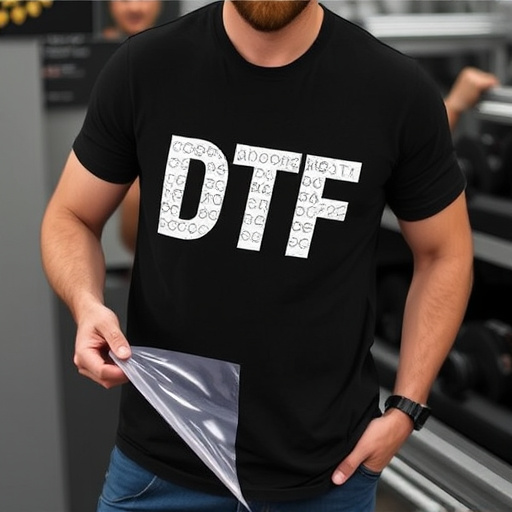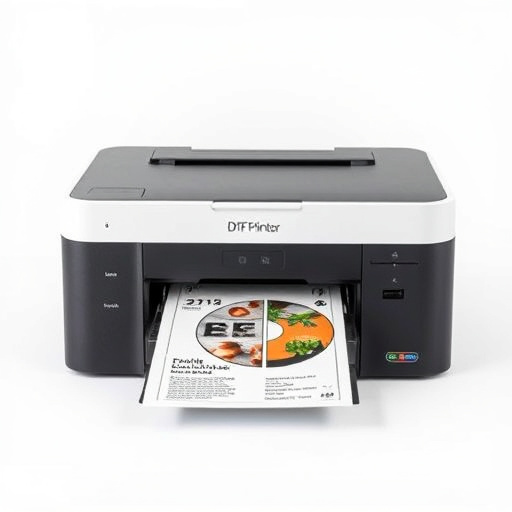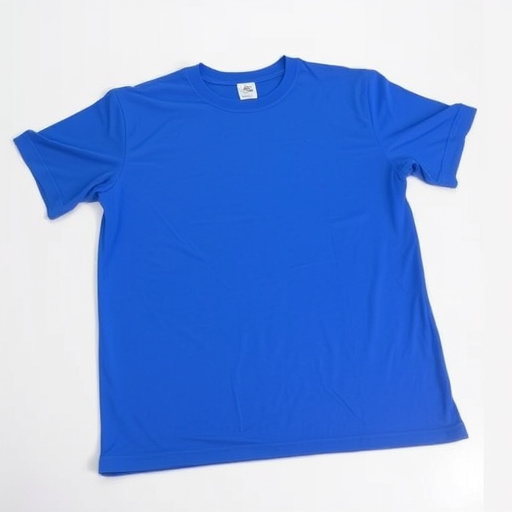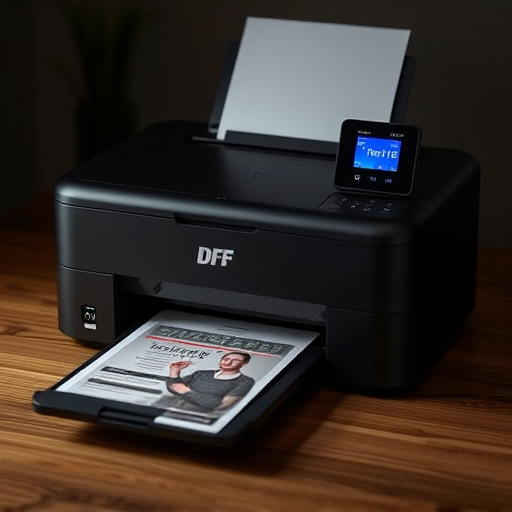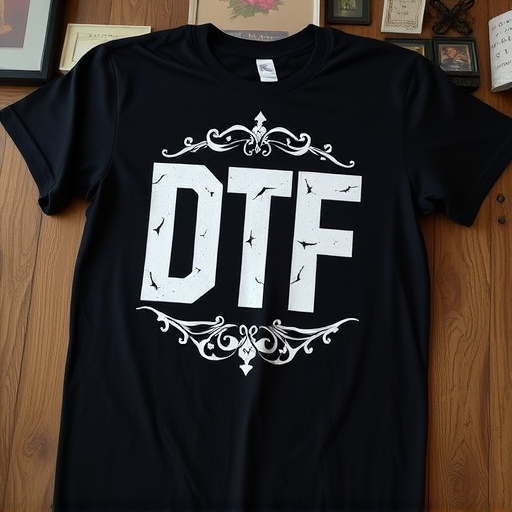Direct to Film (DTF) printing offers a cutting-edge method for creating detailed graphics on fabrics using heat-sensitive ink. This process, eliminating screens, is affordable and versatile, starting with digital art preparation. High-quality paper ensures accurate color reproduction. Regular calibration tools and custom transfers maintain consistent color accuracy. Advanced software and equipment cleaning are crucial for DTF printing quality control on items like t-shirts and hoodies.
Direct to film printing has revolutionized the way we produce visuals, offering vibrant and accurate results. However, achieving consistent quality control requires a deep understanding of the process and precise techniques. In this article, we’ll explore essential tips for optimizing your direct to film printing results. From grasping the fundamentals of this technique to equipping yourself with the right tools and mastering advanced quality control methods, these insights will help you produce outstanding prints every time.
- Understanding Direct to Film Printing Basics
- Essential Tools for Accurate Color Matching
- Advanced Techniques for Consistent Quality Control
Understanding Direct to Film Printing Basics

Direct to Film Printing (DTF) is a cutting-edge technique that allows designers and manufacturers to print intricate graphics directly onto various materials, most commonly fabrics like hoodies or t-shirts. This process bypasses traditional methods by eliminating the need for screens or platens, making it highly versatile and efficient. DTF transfer technology uses special heat-sensitive ink that, when heated, fuses directly into the material’s fibers, ensuring a vibrant, long-lasting print.
Understanding the basics of DTF printing involves grasping its versatility in creating custom designs on demand. It’s particularly popular among small businesses and entrepreneurs due to its affordability and speed. The process begins with preparing the digital artwork, usually using graphic design software. This design is then converted into a format compatible with DTF printers, which precisely apply ink through tiny nozzles, creating detailed patterns layer by layer until the final image is achieved. For those looking to incorporate this technology into their hoodies or other clothing items, high-quality dtf heat transfer paper plays a crucial role in ensuring accurate color reproduction and crisp details, making it an essential component for achieving exceptional direct to film printing results.
Essential Tools for Accurate Color Matching

For accurate color matching in Direct to Film (DTF) printing, a well-equipped toolkit is essential. The best DTF printer requires complementary tools to ensure consistent and vibrant results when heat pressing designs onto garments. Among these, color calibration tools top the list. Devices like spectrophotometers allow for precise measurement of colors, enabling printers to match hues exactly as intended. Additionally, using custom sheets for heat pressing designs further enhances accuracy by providing a standardized surface for consistent printing and transfer application.
Invest in high-quality custom DTF transfers that are designed specifically for your printer and the types of fabrics you’ll be working with. These specialized transfers not only offer superior color fidelity but also ensure that designs are accurately positioned and aligned during the heat pressing process. Regularly calibrating both your printing equipment and transfer materials is paramount, as even slight variations can affect final results. This meticulous approach guarantees that every print job, whether for t-shirts, hoodies, or other textiles, meets the highest standards of color accuracy.
Advanced Techniques for Consistent Quality Control

In the realm of direct to film printing, achieving consistent quality control is a delicate art. Advanced techniques empower printers to master this craft, ensuring each print is a testament to their skill. One powerful method involves utilizing specialized software that allows for precise color calibration and design manipulation, enabling printers to meet the exacting standards required for DTF printing on various materials, especially in the case of dtf printing for t-shirts.
Additionally, implementing rigorous cleaning and maintenance routines for printing equipment is paramount. Regular cleaning of presses with suitable solvents removes residual ink buildup, preventing smudging or inconsistent application during cold peel dtf transfers. This meticulous approach guarantees that each print surface starts clean, contributing to the overall quality and longevity of the final products.
Direct to film printing offers unparalleled quality and efficiency, but maintaining consistent results requires a keen eye for detail. By understanding the fundamentals, investing in precise color-matching tools, and employing advanced quality control techniques, print professionals can ensure every direct to film print meets the highest standards. These practices not only guarantee customer satisfaction but also solidify direct to film printing as a game-changer in the industry.




